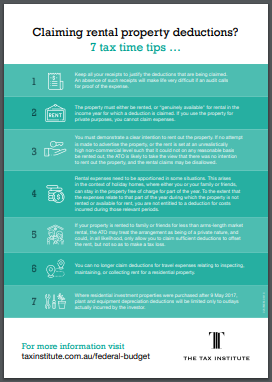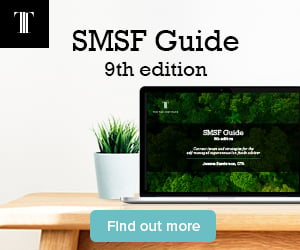
As the COVID-19 pandemic continues, the Federal Government has announced its third and most substantial phase of the economic stimulus package. The intention is to assist the ‘hibernation’ of Australian businesses and their employees, and measures include a $1,500 per fortnight JobKeeper payment for employers to subsidise wages and keep their employees employed.
“…we are delivering an historic $130 billion JobKeeper payment to support businesses and to help Australians in a job,” Federal Treasurer Josh Frydenberg said.
The Tax Institute, together with the Peak Bodies which represent the tax profession, has lodged a submission detailing five issues that should be addressed in the JobKeeper package legislation. You can read the submission here.
JobKeeper payments
The Government introduced a $1,500 JobKeeper payment, paid to employers who keep employees on during the pandemic. Employers must pass on at least $1,500 per fortnight (before tax) to their eligible employees.
According to a joint media release from Prime Minister Scott Morrison and Federal Treasurer Josh Frydenberg, the program started from 30 March 2020, and eligible businesses may receive the first payments as early as the first week of May, as monthly arrears from the Australian Taxation Office. This means businesses can begin distributing the JobKeeper payment immediately and will be reimbursed from the first week of May.
The JobKeeper payment will be available until 27 September 2020.
Read the full release here.
Who is eligible?
Businesses, not-for-profits and sole traders are all eligible to apply for JobKeeper payments, if they and their employees fit the eligibility criteria below per The Treasury factsheet.
Employers
- Business has a turnover of less than $1 billion and their turnover will be reduced by more than 30%, relative to a comparable period a year ago (of at least a month) OR
- Their business has a turnover of $1 billion or more and their turnover will be reduced by more than 50%, relative to a comparable period a year ago (of at least a month)
- AND the business is not subject to the Major Bank Levy
The employer must confirm each employee is currently engaged in work and that they were employed by the employer at 1 March 2020 in order to receive JobKeeper Payments.
Sole traders
- estimate their turnover has or will fall by 30% or more
- had an ABN on or before 12 March 2020, AND either had an amount included in its assessable income for the 2018-19 year and it was included in their income tax return lodged on or before 12 March 2020 OR made a supply during the period 1 July 2018 to 12 March 2020 and provided this information to the Commissioner on or before 12 March 2020
- were actively engaged in business
- are not entitled to another JobKeeper Payment
- were aged at least 16 years of age as at 1 March 2020 and
- were an Australian citizen
Employees
- Currently employed by an eligible employer (including those stood down or re-hired)
- Employed by the employer at 1 March 2020
- Full-time, part-time, or long-term casuals (casuals need to have been employed on a regular basis for longer than 12 months as at 1 March 2020)
- At least 16 years of age
- Australian citizen, the holder of a permanent visa, a rotected Special Category Visa Holder, a non-protected Special Category Visa Holder who has been residing continually in Australia for 10 years or more, or a Special Category (Subclass 444) Visa Holder
- Not in receipt of a JobKeeper Payment from another employer
Read the full eligibility criteria here.
How to apply for JobKeeper payments
If you want to receive JobKeeper payments need to elect to participate, and more details on how to do that will be provided. Employers can register their interest with the ATO now to stay updated on the latest information on how and when to claim the JobKeeper payment.
According to The Treasury, "If you are a BAS or Tax agent you do not need to register each client separately, unless you are registering each client to receive the information directly."
Got more questions about JobKeeper payments? Read the FAQs released by The Treasury here or the fact sheet, here.








